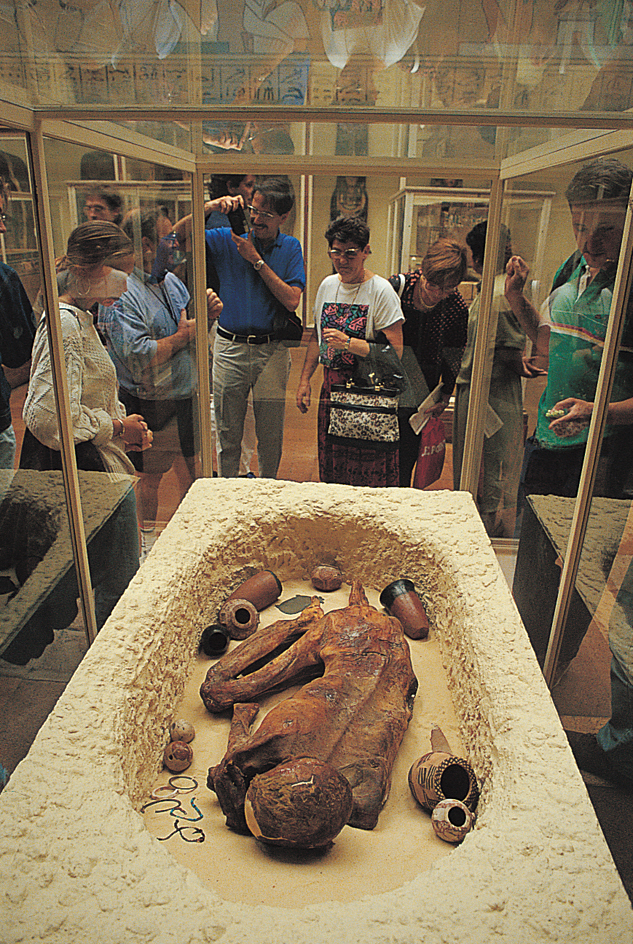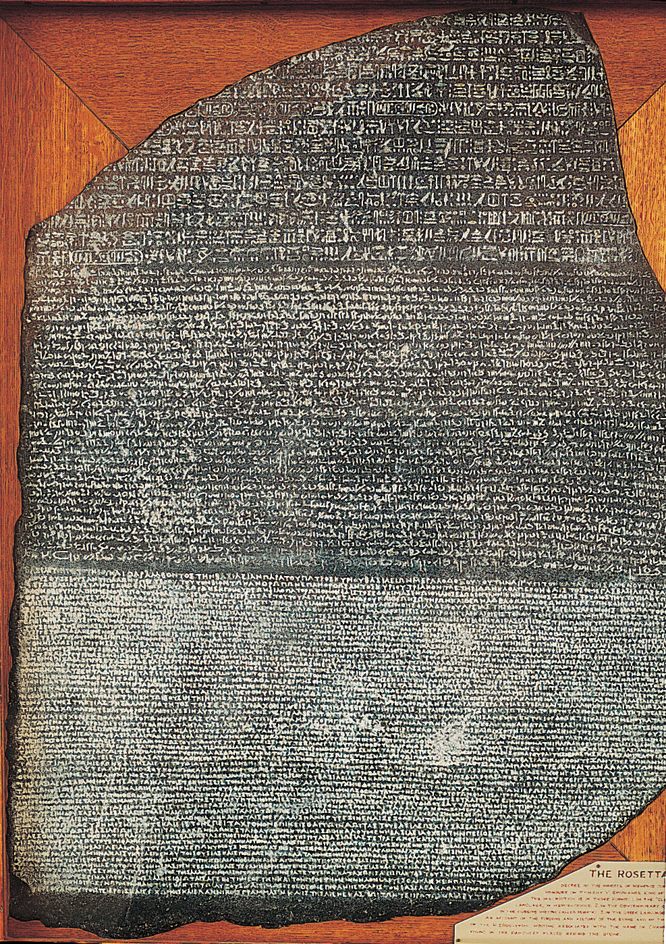British Museum, in London, is among the oldest of the world’s great national museums. Many of its collections are among the finest in the world. The museum was founded in 1753 by an act of Parliament after Sir Hans Sloane, a British physician and botanist, willed his collections to the nation. The museum opened on Jan. 15, 1759, in Montagu House in London’s West End. In 1847, a new building replaced Montagu House, and many additions have since been made.

Purpose.
The museum preserves and interprets the history of civilization. It specializes in ancient Mediterranean civilizations and medieval Europe. Its treasures include the sculptures called the Elgin Marbles from the Parthenon in Athens, and the Rosetta stone from Egypt (see Elgin Marbles ; Rosetta stone ). In addition, the museum has important relics from the Aztec empire and from such ancient Mesopotamian cities as Ur and Nineveh.

Departments.
The museum has 10 departments: (1) Prints and Drawings, (2) Coins and Medals, (3) Egyptian Antiquities, (4) Western Asiatic Antiquities, (5) Greek and Roman Antiquities, (6) Medieval and Later Antiquities, (7) Oriental Antiquities, (8) Prehistoric and Romano-British Antiquities, (9) Japanese Antiquities, and (10) Ethnography.
